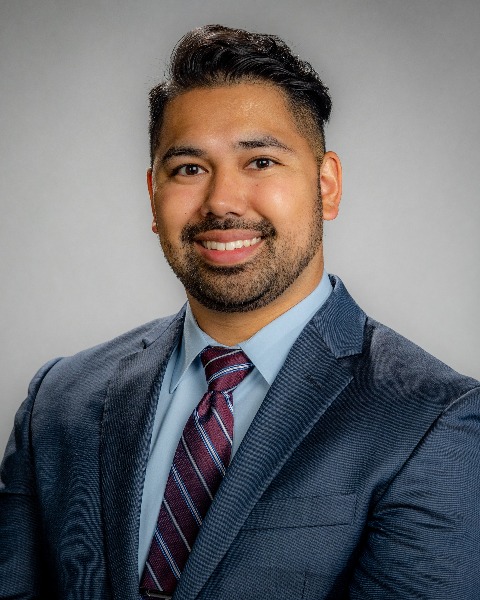Back
Elastography
Elastography Scientific Session 2
Ultrasound Elastography Detects Age-Related Changes in Adult False Vocal Folds
Tuesday, March 28, 2023
10:18 AM – 10:25 AM
Location: Bonnet Creek IX
CME: 0 Hours
Authors: Lucas Chandra, Rocky Vista University College of Osteopathic Medicine
Julian Ortiz, Rocky Vista University College of Osteopathic Medicine
Jing Gao, Rocky Vista University
Julian Ortiz, Rocky Vista University College of Osteopathic Medicine
Jing Gao, Rocky Vista University

Lucas Chandra
Medical Student (MS IV)
Rocky Vista University College of Osteopathic Medicine
San Marcos, California, United States
